(304) Cherry Blossom Tour beyond Tsukuba
文字数 3,759文字
In the last chapter, I introduced the cherry blossoms in Tsukuba City.
This time, as the final part of the cherry blossom series, I’ll take up the following places for cherry blossoms beyond Tsukuba City that haven’t been introduced yet.
(1) Gugyoji Temple (Joso City)
This is the temple that I introduced in "Chapter 246: I Visit Senhime Grave".
(2) Kamitakatsu Shell Mound Hometown History Plaza (Tsuchiura City)
It is introduced in "Chapter 28: Jomon Period Houses " and "Chapter 271: Dig Here, Doggie".
(3) Ottonuma Park (Tsuchiura City)
(4) Kasumigaura Comprehensive Park (Tsuchiura City)
By the way, Kasumigaura Comprehensive Park has playground equipment designed after the Airship Zeppelin.
The real Count Zeppelin has come to Tsuchiura City.
Court Zeppelin (LZ127) was a 236.6m long airship named after Count Ferdinand von Zeppelin, who built the German giant airship industry in a single generation. The airship Zeppelin first flew on September 18, 1928, and was the largest airship in the world at that time.
Court Zeppelin was built for testing and demonstration purposes but began carrying travelers and letters to recoup construction costs.
After that, Zeppelin company planned Count Zeppelin's round-the-world flight. At the request of the sponsor, the starting point would be Lakehurst, New Jersey, USA, instead of Germany.
The total flight distance around the world was 31,321 km, and the total required time was 21 days, 7 hours and 33 minutes.
Count Zeppelin was docked at Lake Kasumigaura from Aug. 19th to Aug. 23rd, 1929, during which 300,000 people are said to have come to see it.
A round-the-world first-class ticket at that time was $9,000, currently $158,300 in today’s prices, or ¥21,370,000, when converted using 135 yen per 1US dollar. It is more expensive than a cruise ship, but cheaper than a space flight.
The company planned to develop a successor to the LZ 128, but development was canceled due to the accident of the British airship R101 in 1931. After that, the company began development of its successor, the LZ 129 (Hindenburg), which used helium instead of hydrogen. However, helium became unavailable due to an embargo in the US, the main production area, and the design of the Hindenburg was changed to use hydrogen. The Hindenburg suffered a hydrogen explosion and fire accident at Lakehurst on May 6, 1937, and the development and use of airships was prohibited.
Court Zeppelin finished its service one month after the accident.
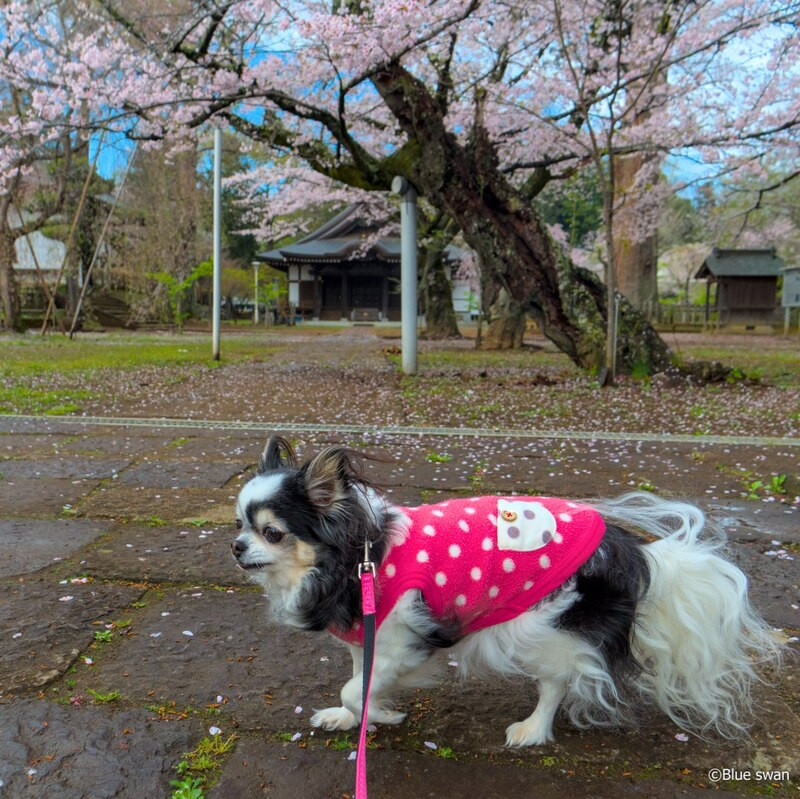
① This is a cherry tree at the entrance of the gate of Gugyoji Temple.
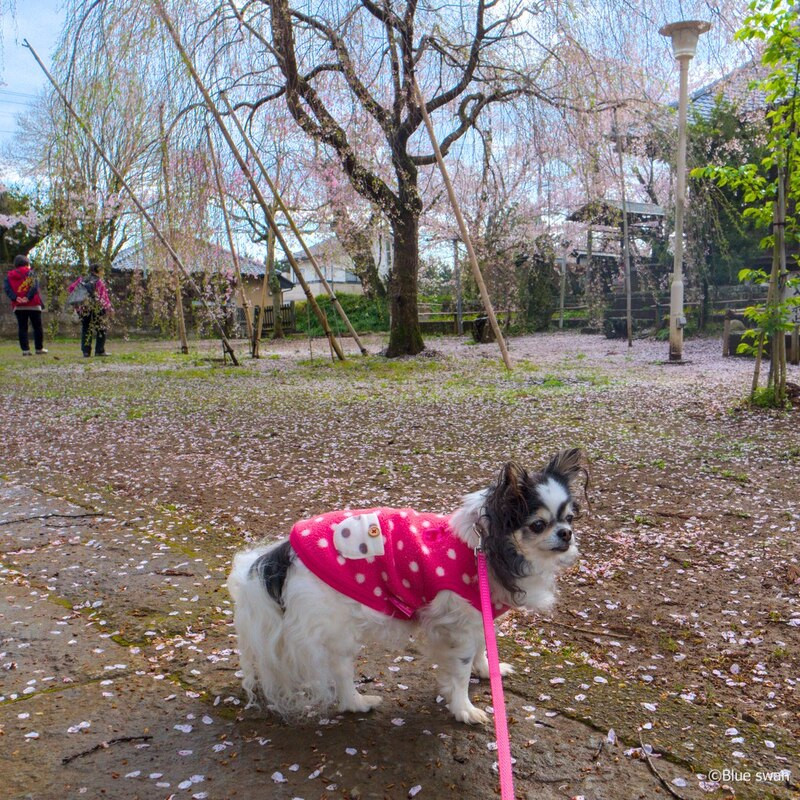
② The weeping cherry tree at Gugyoji Temple is also beautiful.
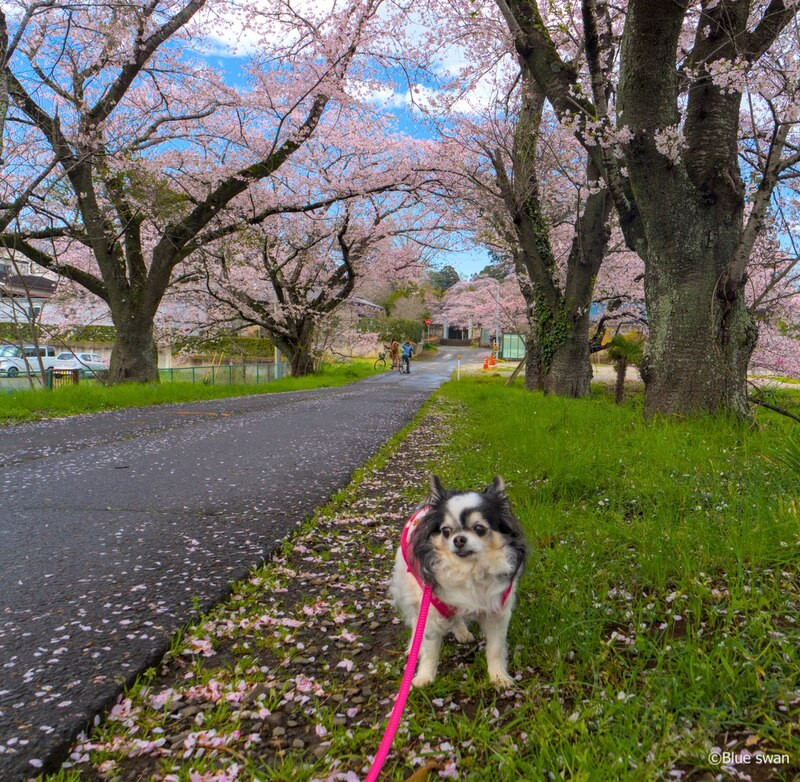
③These are the cherry trees in front of Gugyoji. The gate looks small in the center.
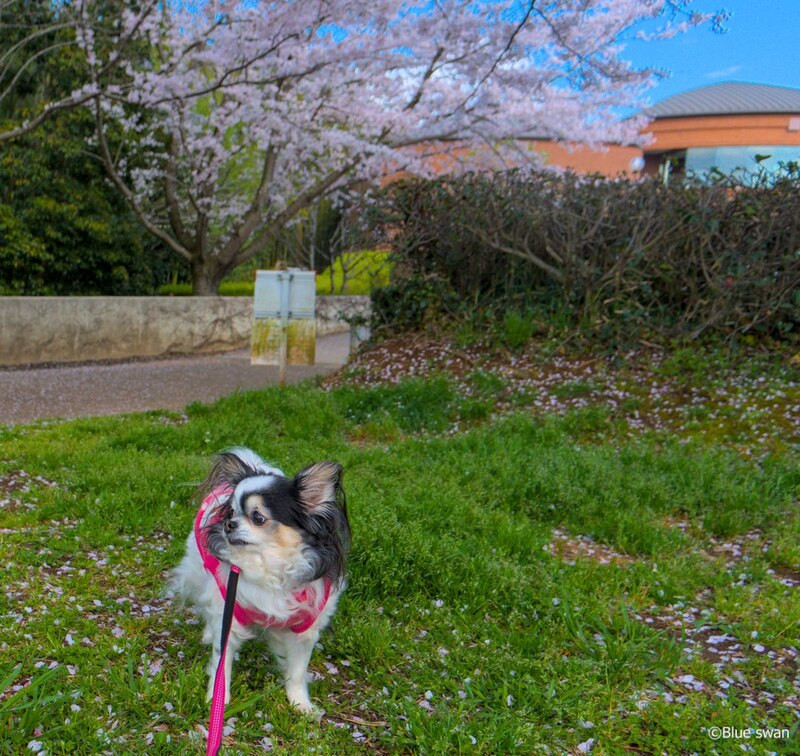
④This is Kamitakatsu Shell Mound. The brick-colored building is the archaeological museum.

⑤This is also Kamitakatsu Shell Mound.
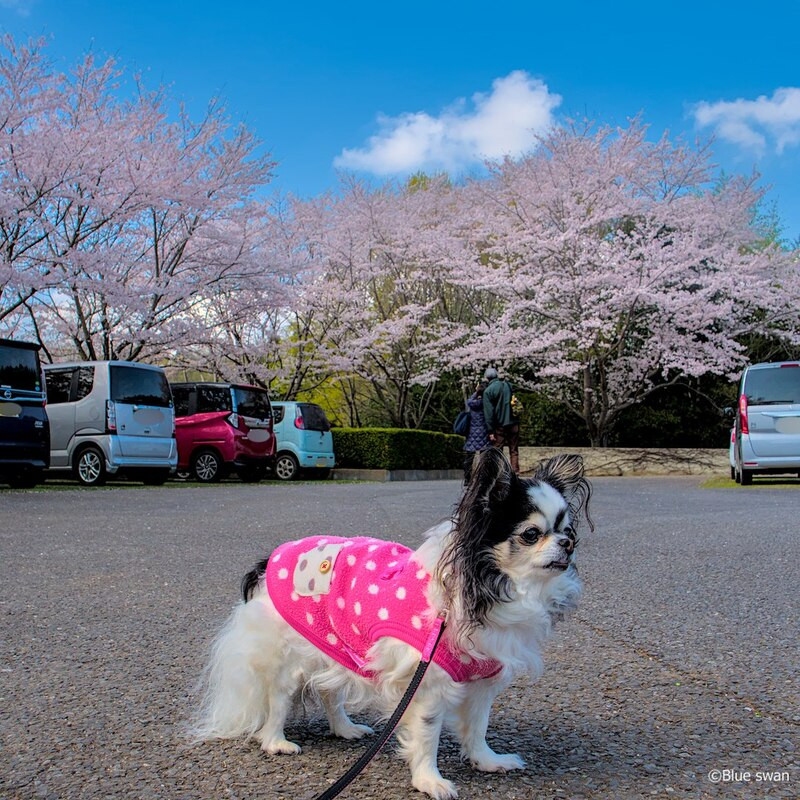
⑥This is the parking lot of Kamitakatsu Shell Mound.
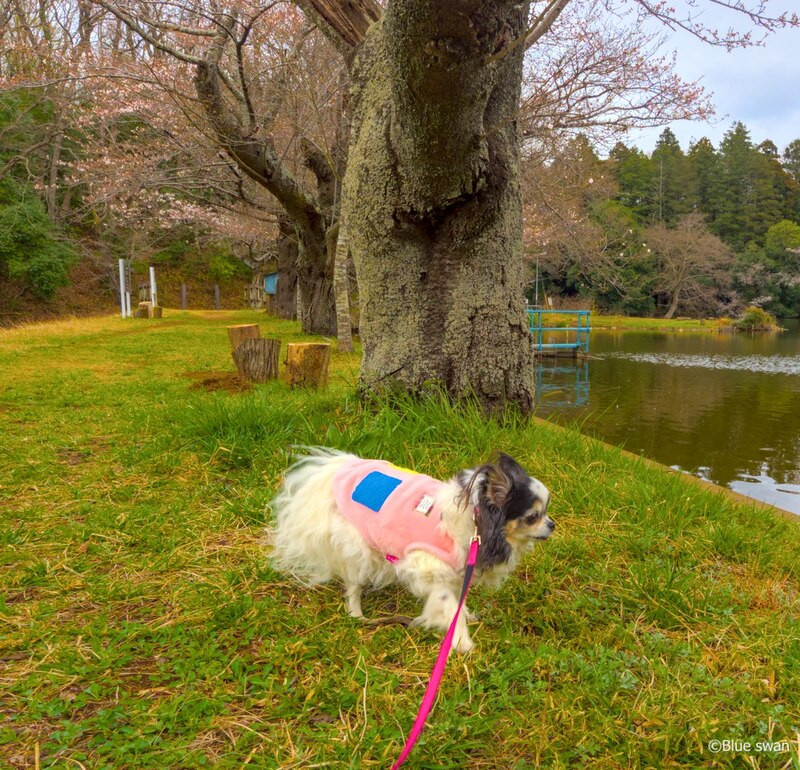
⑦This is Shishitsuka Oike (宍塚大池).
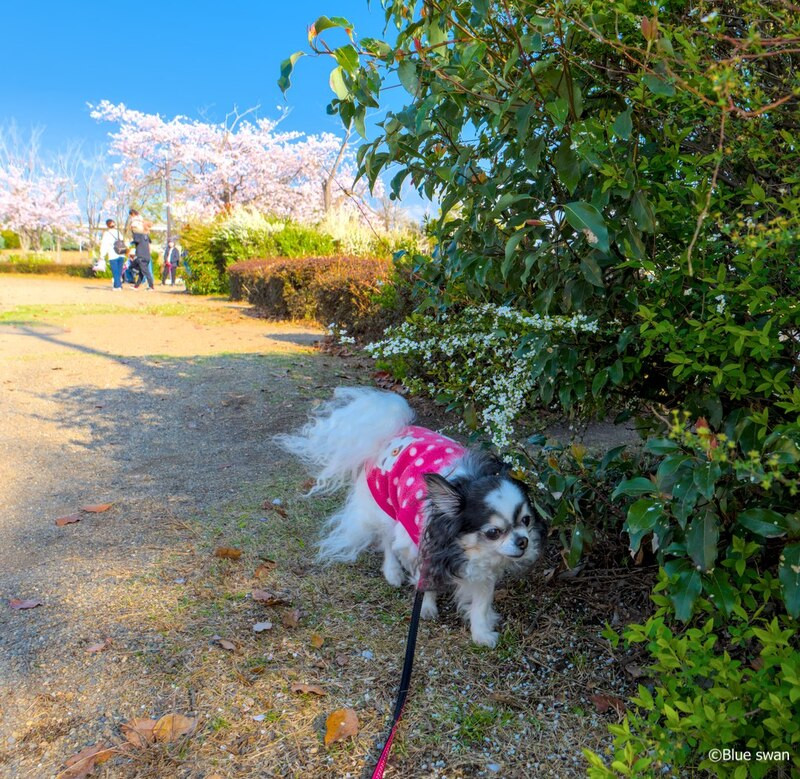
⑧ These are the cherry blossoms and snow willows in Ottonuma Park.
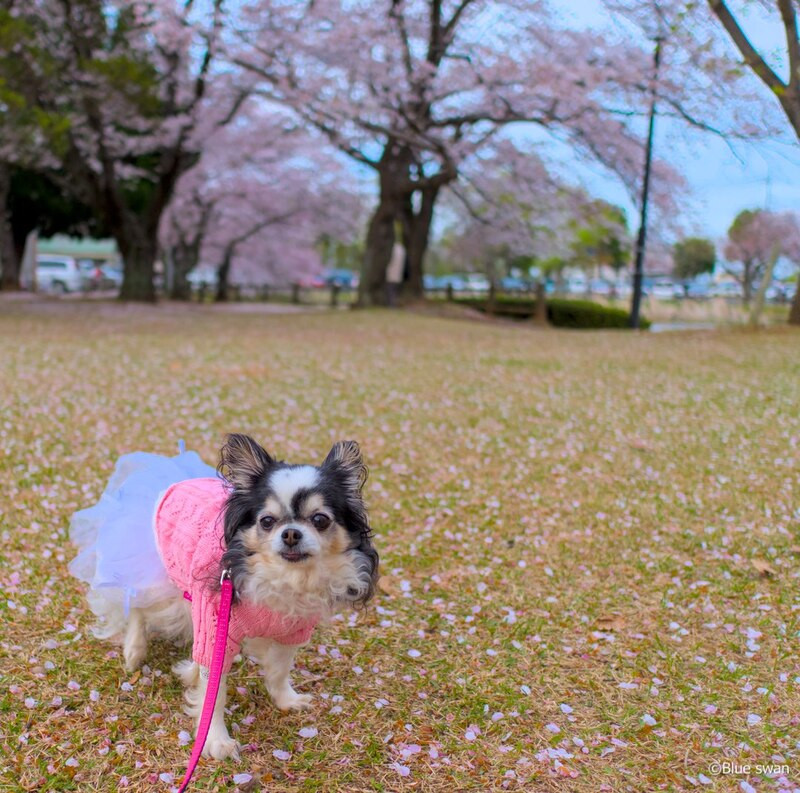
⑨In Ottonuma Park, cherry trees are planted around the pond and along the promenade. These are the cherry blossoms around the pond.
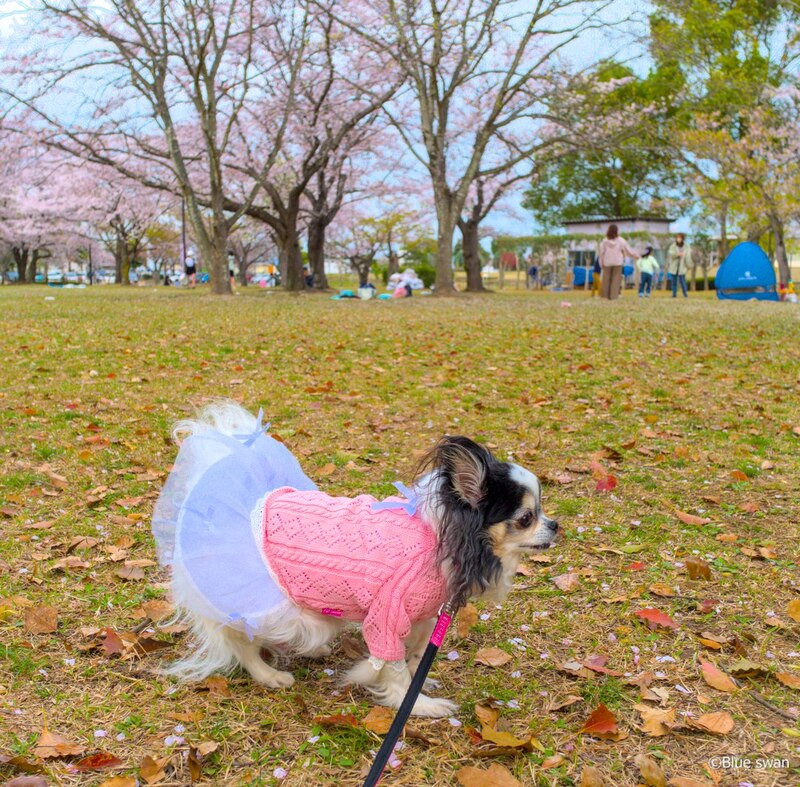
⑩Tents are set up in the park grounds. (Ottonuma Park)
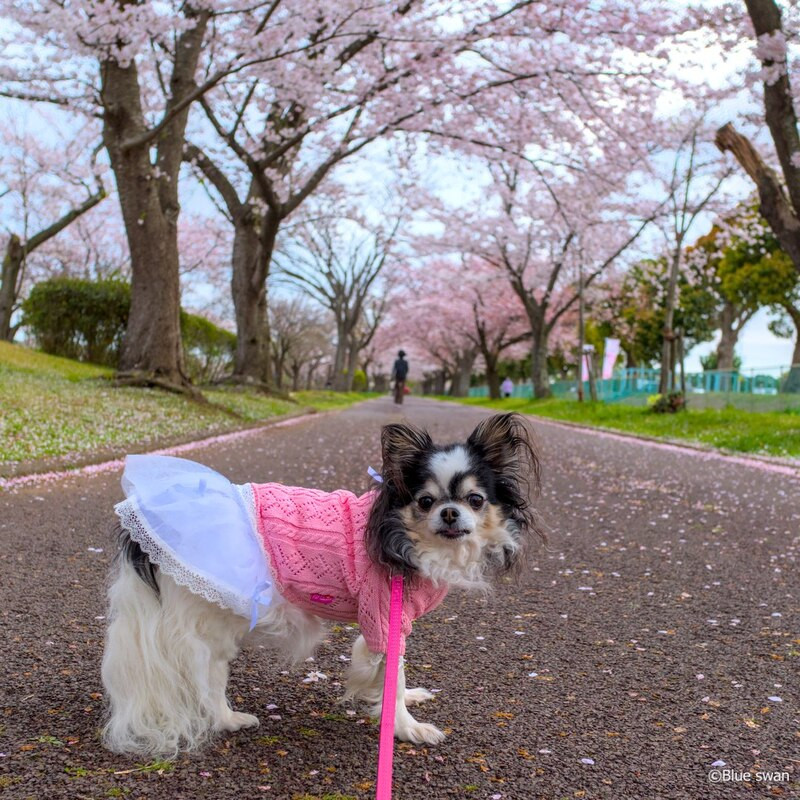
⑪The tunnel of cherry blossoms along the promenade is beautiful. (Ottonuma Park)
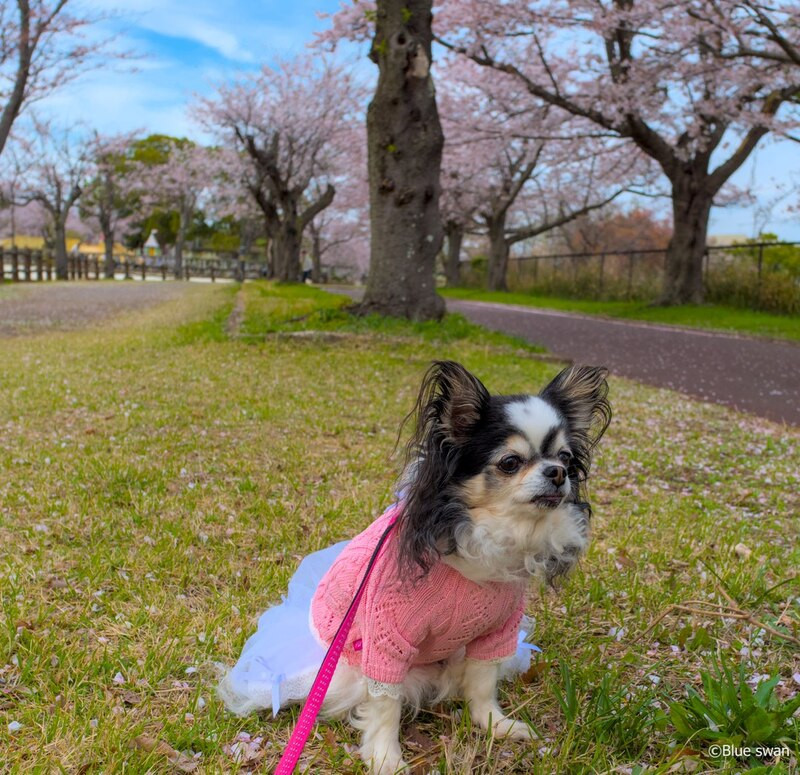
⑫ This is a diagonal view of the cherry blossom tunnel. (Ottonuma Park)
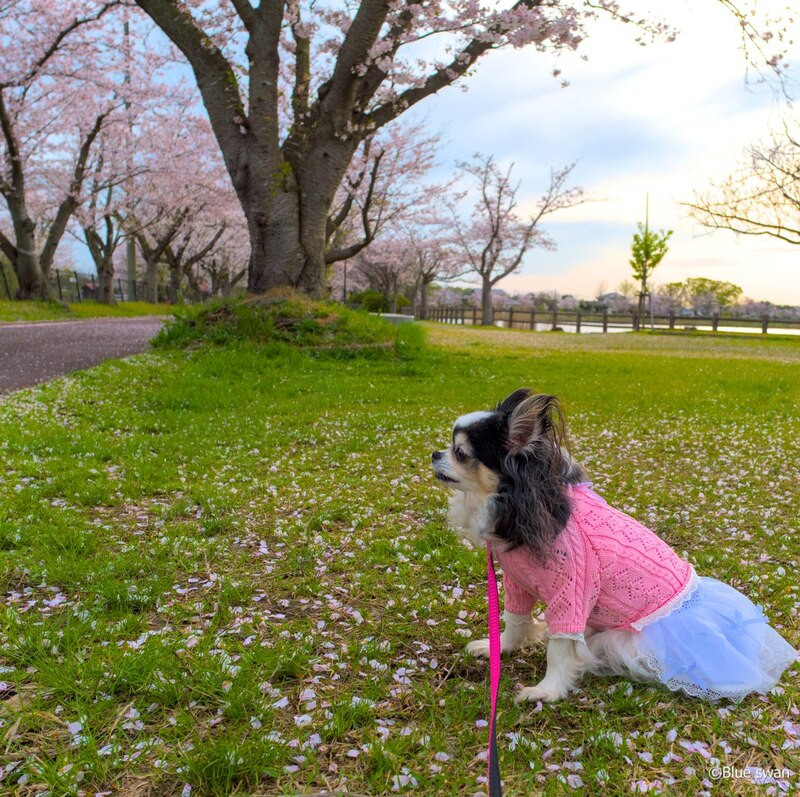
⑬ These are also the cherry blossoms along the promenade. (Ottonuma Park)

⑭ I am on the bridge. (Ottonuma Park)
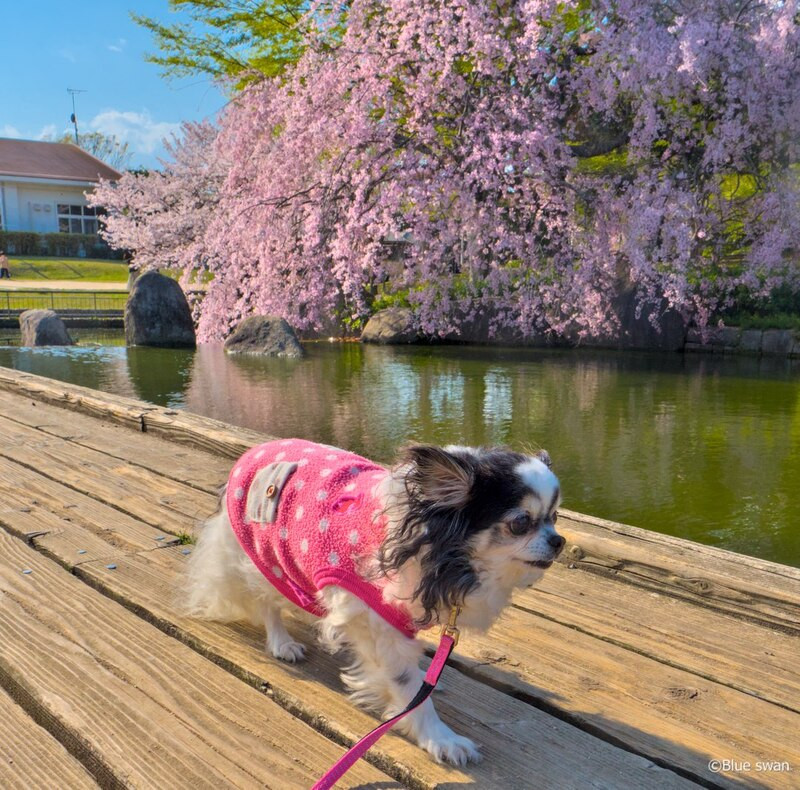
⑮ These are the cherry blossoms in front of Rest House Suigo in Kasumigaura Comprehensive Park.
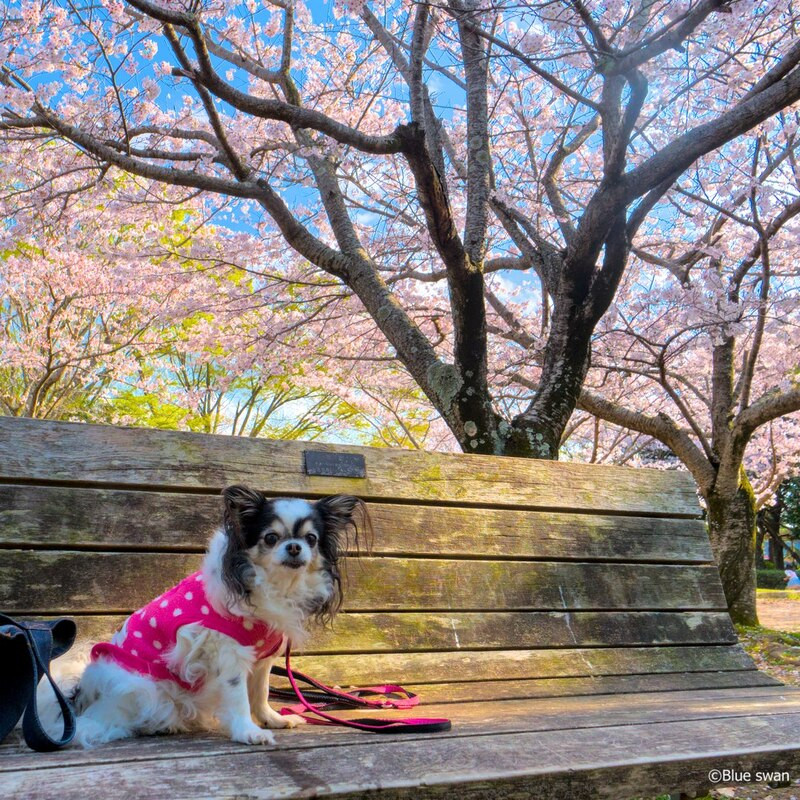
⑯ I’m sitting on a bench. (Kasumigaura Comprehensive Park)
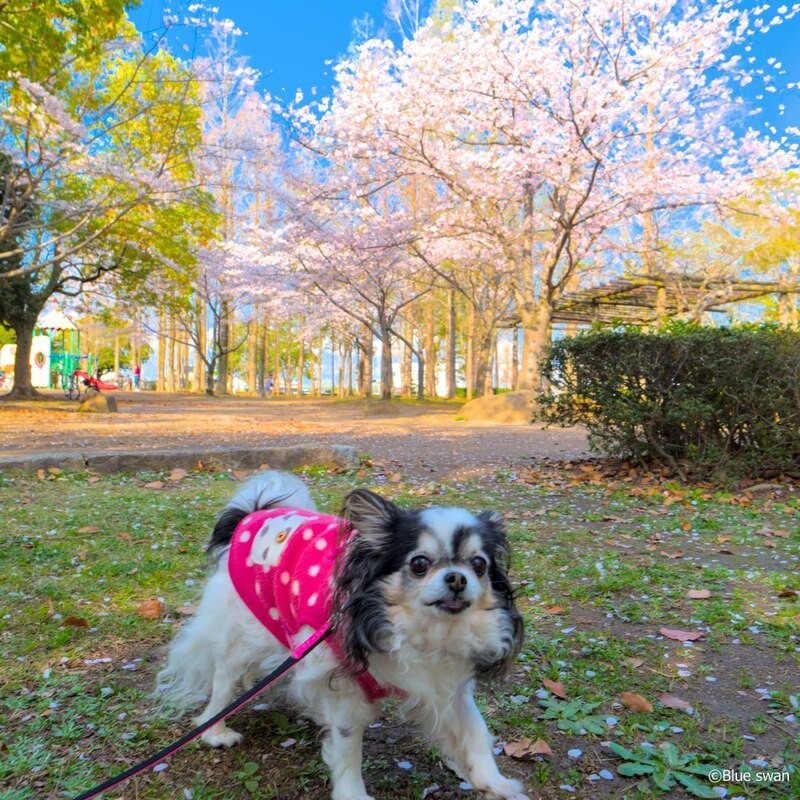
⑰ I am next to the playground. (Kasumigaura Comprehensive Park)
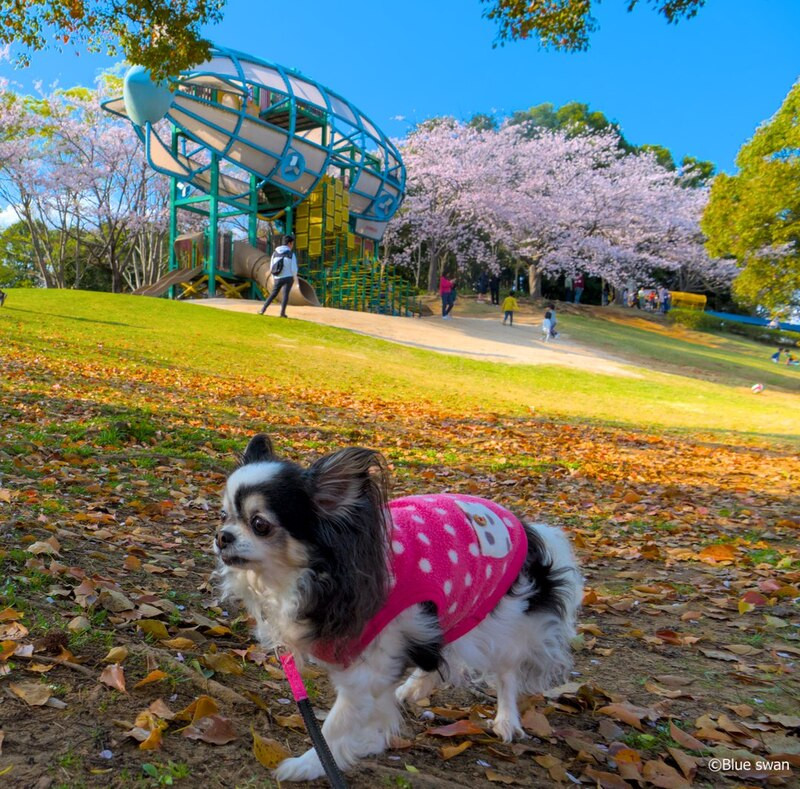
⑱ The last photo is a picture of Court Zeppelin's playground equipment (Kasumigaura Comprehensive Park).
This time, as the final part of the cherry blossom series, I’ll take up the following places for cherry blossoms beyond Tsukuba City that haven’t been introduced yet.
(1) Gugyoji Temple (Joso City)
This is the temple that I introduced in "Chapter 246: I Visit Senhime Grave".
(2) Kamitakatsu Shell Mound Hometown History Plaza (Tsuchiura City)
It is introduced in "Chapter 28: Jomon Period Houses " and "Chapter 271: Dig Here, Doggie".
(3) Ottonuma Park (Tsuchiura City)
(4) Kasumigaura Comprehensive Park (Tsuchiura City)
By the way, Kasumigaura Comprehensive Park has playground equipment designed after the Airship Zeppelin.
The real Count Zeppelin has come to Tsuchiura City.
Court Zeppelin (LZ127) was a 236.6m long airship named after Count Ferdinand von Zeppelin, who built the German giant airship industry in a single generation. The airship Zeppelin first flew on September 18, 1928, and was the largest airship in the world at that time.
Court Zeppelin was built for testing and demonstration purposes but began carrying travelers and letters to recoup construction costs.
After that, Zeppelin company planned Count Zeppelin's round-the-world flight. At the request of the sponsor, the starting point would be Lakehurst, New Jersey, USA, instead of Germany.
The total flight distance around the world was 31,321 km, and the total required time was 21 days, 7 hours and 33 minutes.
Count Zeppelin was docked at Lake Kasumigaura from Aug. 19th to Aug. 23rd, 1929, during which 300,000 people are said to have come to see it.
A round-the-world first-class ticket at that time was $9,000, currently $158,300 in today’s prices, or ¥21,370,000, when converted using 135 yen per 1US dollar. It is more expensive than a cruise ship, but cheaper than a space flight.
The company planned to develop a successor to the LZ 128, but development was canceled due to the accident of the British airship R101 in 1931. After that, the company began development of its successor, the LZ 129 (Hindenburg), which used helium instead of hydrogen. However, helium became unavailable due to an embargo in the US, the main production area, and the design of the Hindenburg was changed to use hydrogen. The Hindenburg suffered a hydrogen explosion and fire accident at Lakehurst on May 6, 1937, and the development and use of airships was prohibited.
Court Zeppelin finished its service one month after the accident.

① This is a cherry tree at the entrance of the gate of Gugyoji Temple.

② The weeping cherry tree at Gugyoji Temple is also beautiful.

③These are the cherry trees in front of Gugyoji. The gate looks small in the center.

④This is Kamitakatsu Shell Mound. The brick-colored building is the archaeological museum.

⑤This is also Kamitakatsu Shell Mound.

⑥This is the parking lot of Kamitakatsu Shell Mound.

⑦This is Shishitsuka Oike (宍塚大池).

⑧ These are the cherry blossoms and snow willows in Ottonuma Park.

⑨In Ottonuma Park, cherry trees are planted around the pond and along the promenade. These are the cherry blossoms around the pond.

⑩Tents are set up in the park grounds. (Ottonuma Park)

⑪The tunnel of cherry blossoms along the promenade is beautiful. (Ottonuma Park)

⑫ This is a diagonal view of the cherry blossom tunnel. (Ottonuma Park)

⑬ These are also the cherry blossoms along the promenade. (Ottonuma Park)

⑭ I am on the bridge. (Ottonuma Park)

⑮ These are the cherry blossoms in front of Rest House Suigo in Kasumigaura Comprehensive Park.

⑯ I’m sitting on a bench. (Kasumigaura Comprehensive Park)

⑰ I am next to the playground. (Kasumigaura Comprehensive Park)

⑱ The last photo is a picture of Court Zeppelin's playground equipment (Kasumigaura Comprehensive Park).
